Introduction
Attention is the new currency. But most businesses spend it faster than they earn it. They chase clicks, buy ads, and post endlessly yet their audiences drift away the moment they stop showing up. The reason is simple: they’ve mastered visibility but not leverage.
A lead magnet, when used strategically, changes that equation. It doesn’t just attract subscribers; it builds a bridge between interest and intent. It captures attention once and transforms it into a long-term asset that compounds in value.
This article isn’t about creating another freebie. It’s about engineering a system that turns your lead magnet into a demand-generation engine, one that filters, qualifies, and converts your perfect buyers before you ever pitch.
By the end, you’ll see how strategic marketers use lead magnets not as giveaways, but as leverage points that power entire sales ecosystems.
Key Takeaways
Lead Magnet Strategies
- Lead magnets work best when built as strategic systems, not one-off freebies.
- Every high-performing magnet starts with the offer in mind and guides prospects toward it step by step.
- Relevance, speed, and specificity are the core filters that turn attention into qualified leads.
- Behavioral segmentation and aligned follow-up paths convert engagement into predictable revenue.
- The smartest marketers scale precision, not production — they amplify what already converts instead of creating endlessly.
- A strong lead magnet demonstrates authority before the pitch, building belief and trust early in the buyer journey.
- True strategic leverage comes from alignment: one clear problem solved fast, mapped to one meaningful next step.
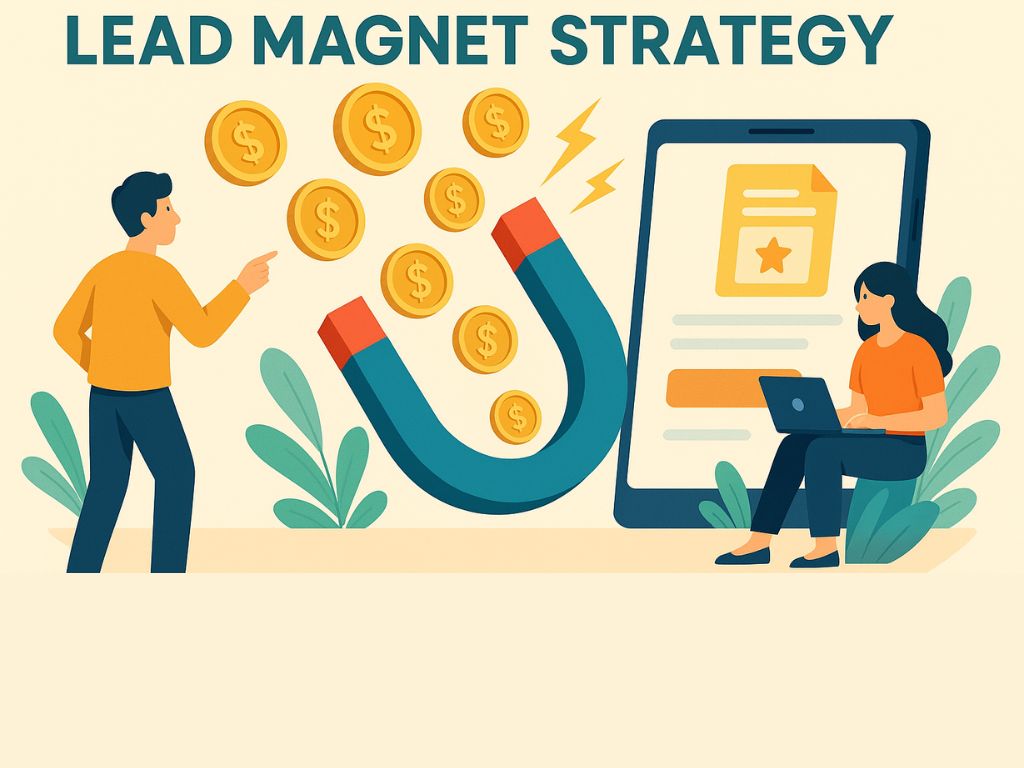
The Hidden Purpose of a Lead Magnet
A lead magnet isn’t a marketing bribe. It’s a signal. It tells your audience, “This is how I solve problems,” and invites them to test your expertise before committing. When used correctly, it becomes a filter that separates passive browsers from serious buyers.
The real purpose of a lead magnet isn’t list growth, it’s qualification. Every download, quiz, or checklist becomes data: who’s paying attention, what they want, and how ready they are to act. When that insight informs your next step, the lead magnet stops being content and becomes strategy.
Strategic marketers design their magnets to attract people who already align with their offers. The topic, tone, and format all serve one function: to pre-frame the sale by proving relevance before the pitch.
You’ve Been Creating for Attention. Now Create for Conversion.
Transform your ideas, posts, and videos into irresistible lead magnets — each one designed to grow your audience and your sales.
Design Your Magnet Like a Market Filter
Every effective lead magnet filters before it attracts. It’s not about casting a wider net, but about catching the right kind of fish. That’s what most marketers get wrong; they aim for volume, not fit.
Start by identifying what your ideal buyer is already searching for. Use your analytics, surveys, or community conversations to uncover one urgent problem you can solve fast. Then design your magnet as the first, smallest version of your core, offer a preview that delivers real transformation in minutes.
The strongest magnets follow three rules: Relevance, Speed, and Specificity.
- Relevance connects your solution to the buyer’s pain point.
- Speed gives them a result immediately.
- Specificity creates trust through clarity.
When those three align, your magnet doesn’t feel like a favor. It feels like foresight.
According to research from the Content Marketing Institute, audiences are more than twice as likely to engage with opt-ins that solve a narrow, time-sensitive problem compared to broad educational offers.
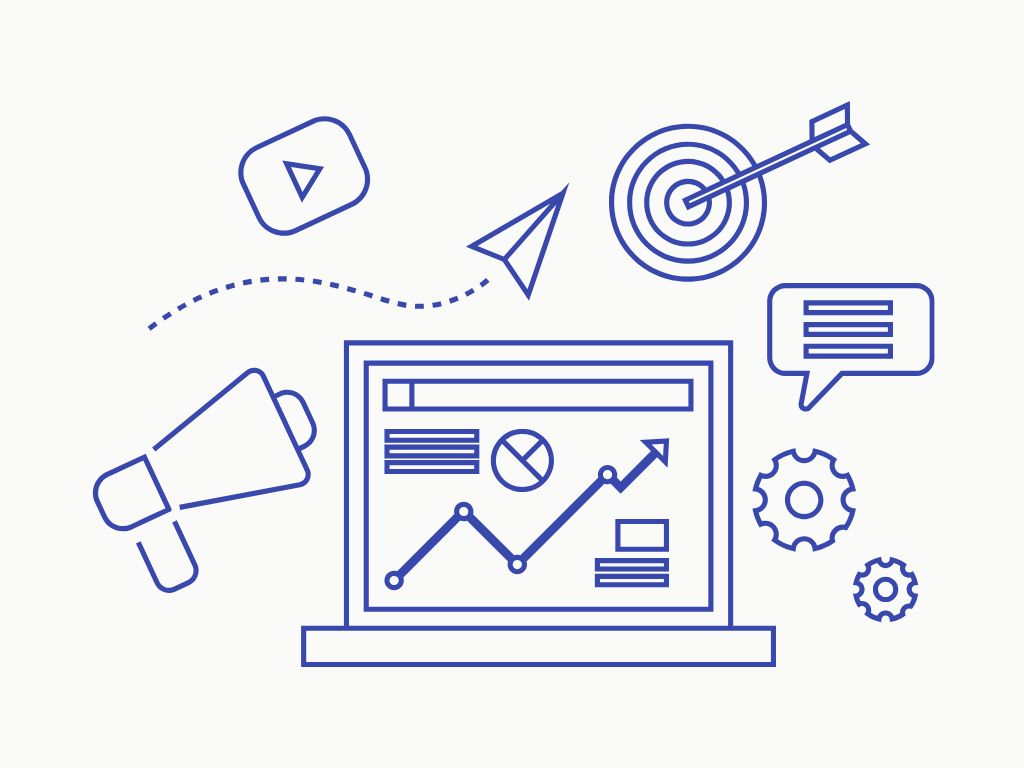
Map the Lead Magnet to the Offer Path
Most creators stop once their lead magnet is live. The professionals design backwards. They don’t start with the freebie, they start with the offer. Every effective lead magnet is the first step in a mapped customer journey, one that moves people from curiosity to commitment through intentional design.
Your lead magnet’s role is to pre-frame the next offer. When you build it with that end in mind, every piece of content serves a clear commercial purpose without ever feeling salesy. The goal isn’t to sell from the start, but to engineer alignment guiding the reader from problem recognition to solution readiness one micro-step at a time.
A strong strategy always follows the same flow:
- Immediate value earns trust and attention.
- Follow-up education expands on the initial insight and reinforces your authority.
- Behavioral segmentation identifies where each subscriber is in their buying cycle.
- Targeted nurture sequences present relevant next steps, not generic pitches.
Each phase builds on the last. The lead magnet delivers clarity, the nurture system builds confidence, and the offer provides control, a natural progression from curiosity to commitment.
Your magnet should therefore mirror the first transformation your offer promises. For example, a “Free Course Launch Checklist” leads to a paid program on building and scaling digital courses. A “5-Minute Pricing Calculator” points toward a premium consulting service on pricing psychology. The magnet solves a fragment of the bigger problem, positioning your main offer as the complete solution.
This mapping process also prevents one of the most common funnel mistakes: misalignment. When the topic of your freebie and the promise of your offer don’t match, subscribers disengage. They joined your list for one reason and were sold something entirely different. Strategy fixes that disconnect before it happens.
Even the delivery sequence matters. Your first email should reaffirm the value of the magnet, the second should extend that insight, and the third should introduce your solution as the next logical move. By the time you make an offer, it feels like a continuation of a conversation, not an abrupt sales pitch.
Strategic marketers treat this journey like a system not a collection of tactics. The lead magnet is the front door, but the follow-up flow is the corridor that leads to conversion.
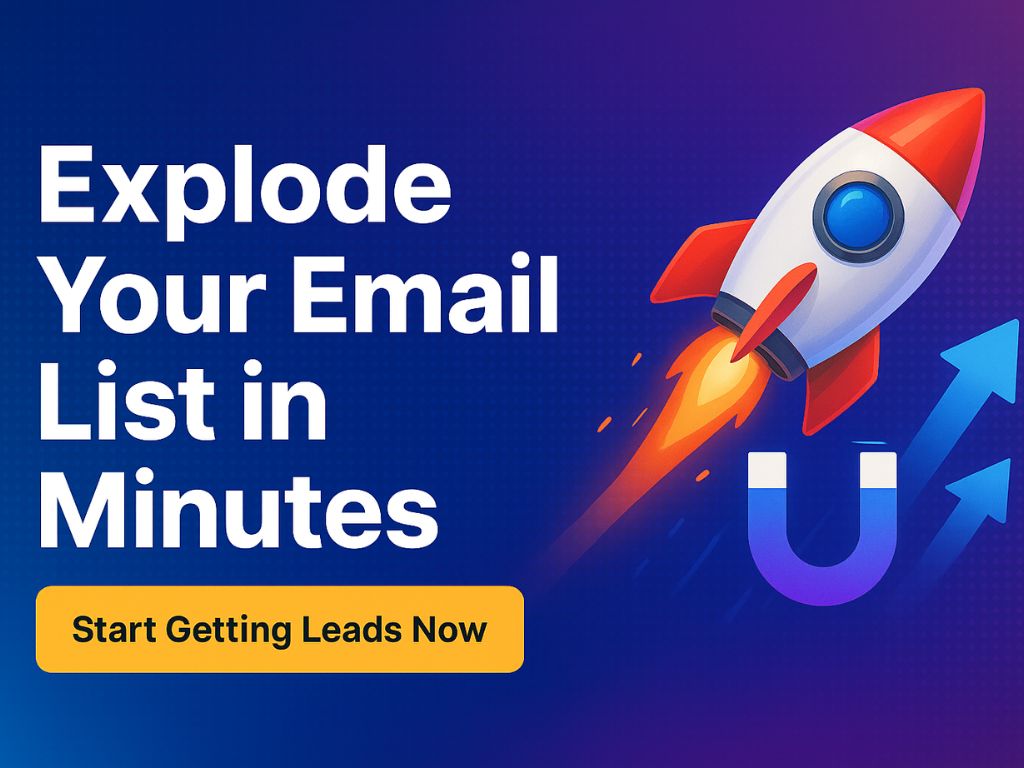
Monetization Tactics Turn Free Value Into Revenue
A lead magnet is the beginning of a revenue system, not a generosity exercise. The smartest marketers know that giving away value is not charity, it’s positioning. Each opt-in carries both a signal of intent and an opportunity to shape what happens next. When you design your magnet with monetization in mind, every interaction becomes a business asset.
The first step is to build a low-friction conversion path. Every lead magnet should transition into a follow-up offer that feels natural, not forced. That could mean introducing a low-cost tripwire product, a short training, template pack, or resource priced between $7 and $49. The goal isn’t to profit from this product but to identify buyers immediately. Paying customers behave differently from free subscribers; they’re invested, engaged, and far more likely to purchase again.
Next comes segmentation through behavior. Watch how new leads interact with your magnet and your follow-up emails. Do they click links, revisit your site, or download additional resources? These signals reveal readiness. A subscriber who completes your checklist, joins your webinar, and opens multiple emails is no longer a cold lead; they’re a prospect waiting for the right offer.
Then build automated sales paths based on those behaviors. For instance, if someone opts into a “Content Strategy Toolkit,” they can be funneled into a series that ends with a paid content strategy consultation. Another path might lead to an evergreen webinar or mini-course that naturally transitions into your core service or program.
Your lead magnet’s greatest monetization power lies in data-informed personalization. Instead of sending every subscriber the same message, segment your follow-up content by intent. The more context you apply, the higher your conversion rates rise. People don’t buy faster because you email more, they buy faster because your communication feels like a continuation of their initial intent.
Monetization also depends on perceived continuity. A lead magnet should feel like Chapter One of a longer story. When the next offer appears, it should look like Chapter Two. That continuity builds both narrative and trust.
According to ConvertKit’s creator monetization data, marketers who use behavior-based segmentation and early low-ticket offers generate up to 50% higher revenue from the same subscriber base.

Scale Intelligently Without Creating More Assets
Scaling is not about doing more. It’s about making what already works reach more people. Most marketers burn out chasing quantity, new lead magnets, new funnels, new campaigns. Professionals do the opposite. They scale precision.
Start by identifying your top-performing magnet, the one that consistently drives engagement and conversions. This asset becomes your core engine. Instead of replacing it, amplify it. Use paid traffic to accelerate what’s already proven organically. Platforms like Meta, YouTube, and Google can turn a stable 20% conversion rate into a predictable, high-volume acquisition channel. Small, controlled budgets yield big insights because paid data reveals exactly who your most profitable audiences are.
Next, multiply reach through strategic distribution partnerships. Collaborate with aligned brands, newsletters, or creators who serve the same audience but solve different problems. Offer co-branded or exclusive versions of your lead magnet. When someone else’s credibility carries your magnet into new communities, you expand influence without expanding effort.
Then maximize what you already publish. Every high-traffic blog post, podcast, or video should lead into your magnet. Insert opt-ins contextually, not as interruptions. Meet attention where it already exists. That simple alignment between content and magnet is often the difference between stagnant lists and compounding growth.
Scaling also demands optimization. Regularly audit your landing pages and forms. Test variations in headlines, calls-to-action, and visual layouts. Even subtle adjustments can double opt-in rates. The goal is not to reinvent, but to refine to continuously improve the friction points between attention and conversion.
Automation completes the system. Once your magnet is performing, connect it to a series of automated follow-up paths that guide subscribers into segment-specific offers. This turns your funnel into an asset that compounds with every new subscriber.
Data from ActiveCampaign shows that brands mapping lead magnets directly to their follow-up offers experience conversion lifts of more than 40% on average.
Strategic scaling isn’t about hustle. It’s about leverage. When one magnet delivers consistent conversions, you don’t need ten. You just need more of the right eyes on the one that already works.
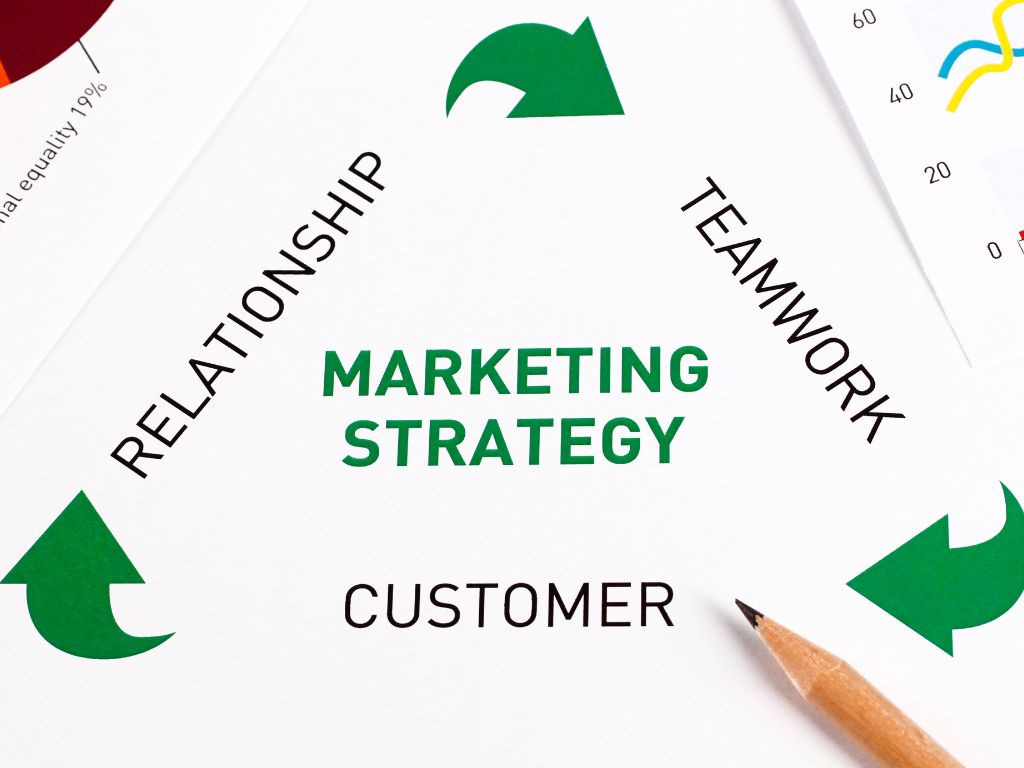
The Strategic Difference Between You and Everyone Else
Most marketers treat lead magnets as tactics. Professionals treat them as positioning tools. That single shift changes everything from the way you attract leads to the way you’re perceived in your market.
The average creator builds a lead magnet to collect emails. The strategist builds one to prequalify buyers. When your magnet speaks only to people who already align with your paid offer, every subscriber is a future customer in progress. You’re not growing a list. You’re building a sales pipeline disguised as an education system.
The difference lies in intent. Beginners chase attention. Strategists engineer authority. Every asset, every email, every download is designed to move prospects closer to trust and control. This is why true professionals don’t measure success by subscriber count. They measure by conversion readiness how quickly a cold contact becomes a qualified lead.
Your lead magnet should communicate expertise before your pitch ever arrives. It should make readers say, “If this is free, imagine what paid looks like.” That impression builds what money can’t buy: brand gravity.
Once that perception forms, your market changes how it sees you. You’re no longer a marketer competing for attention. You’re a problem-solver defining the category. And when that happens, the lead magnet stops being a marketing tool it becomes a growth engine for authority itself.
According to MarketingProfs, brands that position lead magnets as demonstrations of expertise rather than generic freebies see 45% higher long-term engagement and stronger customer retention.
Create High-Converting Lead Magnets in Minutes.
Feed in your video, post, or idea — get a complete download and opt-in page that starts building your list before the day ends.
Conclusion
Lead magnets aren’t just about capturing attention. They’re about converting attention into assets that grow in value over time. When built strategically, they become the silent engine behind sustainable sales systems that attract, educate, and prequalify buyers long before a pitch is ever made.
The key isn’t creating more; it’s creating with intention. Each lead magnet should earn its place in your ecosystem by serving a clear strategic role: to filter, position, and prepare. Every download should strengthen alignment between what people need and what you offer.
Strategic marketers understand that a lead magnet isn’t an isolated tactic. It’s a proof of concept, the first demonstration of your expertise, the first signal of your brand’s precision, and the first moment your market begins to trust you.
Attention without leverage fades fast. But leveraged attention compounds. Build lead magnets that earn belief, and sales follow naturally. In the end, strategy isn’t about what you give away, it’s about how you turn that gift into lasting growth.
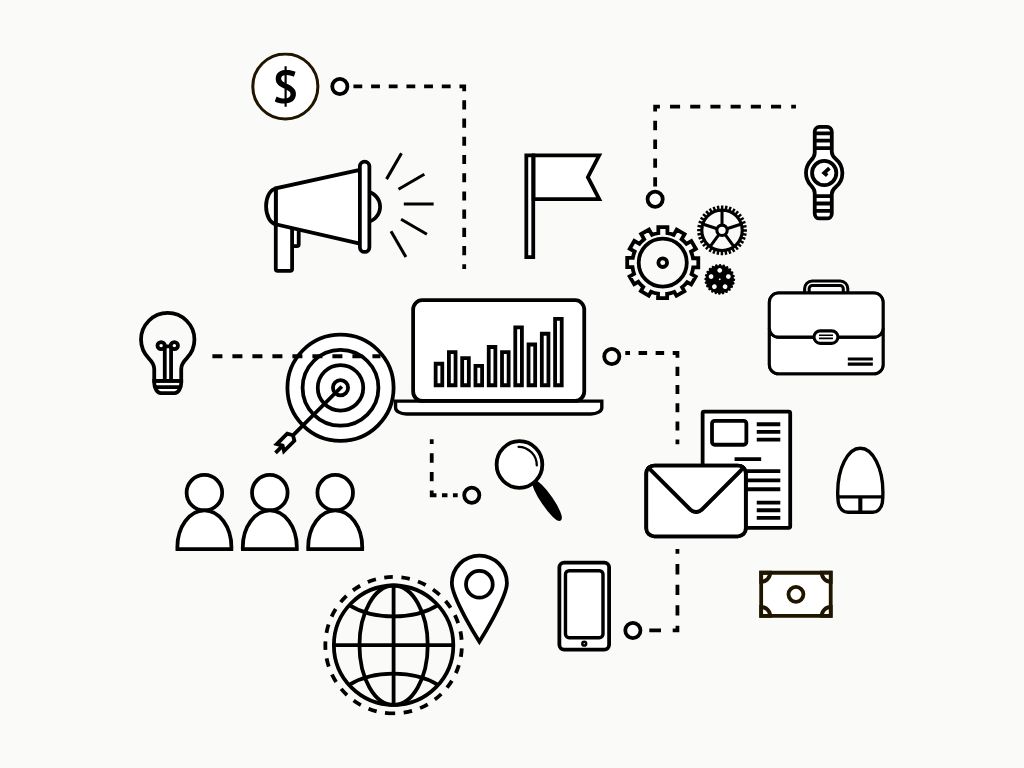
FAQs: Lead Magnet Strategy
How can I tell if my lead magnet is driving the right leads?
Track engagement beyond the opt-in. Look at open rates, click behavior, and follow-up conversions. If subscribers take no action after downloading, the magnet may be attracting curiosity instead of intent. High engagement after signup signals strategic alignment.
What’s the best way to monetize a lead magnet without being pushy?
Use behavioral cues. After someone downloads, show them a logical next step like a mini-offer, webinar, or short consultation. The key is progression, not pressure. When the follow-up feels like the natural continuation of their journey, conversion happens organically.
How many lead magnets should a business have?
One great lead magnet that’s mapped to your core offer is better than ten disconnected ones. Start with one, perfect it, then replicate its framework for new audiences or product lines. Scaling comes from refinement, not expansion.
How often should I refresh my lead magnet strategy?
Audit performance quarterly. Check conversion rates, update visuals or examples, and realign your follow-up sequence to your latest offers. A small repositioning often revives performance faster than creating something new from scratch.
Do paid ads still work for promoting lead magnets in 2025?
Yes when used strategically. Paid traffic amplifies what already converts, not what’s unproven. Test small budgets, measure cost per qualified lead, and scale only after consistent results. According to
What’s the single biggest mistake in lead magnet strategy?
Creating assets without an offer path. A magnet without a mapped sequence or follow-up system is a dead end. Every download should lead somewhere measurable: a nurture email, a tripwire, a call, or a sale.
Pingback: Lead Magnet Examples That Actually Convert - Lead Magnets Creator
Pingback: Lead Magnet Generator: Creating Irresistible Offers in Minutes - Lead Magnets Creator
Pingback: Lead Generation Tools: The Stack Top Marketers Use - Lead Magnets Creator